Android Central Verdict
Any new concept is going to be interesting for wireless earbuds these days, and the Urbanista Phoenix certainly stand out in the light, but what matters most is how they sound, which is up for debate.
Pros
- +
Solar charging case
- +
Good sound quality
- +
Decent ANC performance
- +
OK app support
- +
Comfortable fit
- +
Good battery life
Cons
- -
The case is bigger than most
- -
No custom EQ
- -
Finicky onboard controls
- -
Not all that rugged
Why you can trust Android Central
There's no doubt wireless earbuds have been commoditized to a large degree, where it's hard for the average person to distinguish the differences between one pair over another. My job here has been to find those contrasts, so when I come across a pair offering something different, I take notice.
Concepts are 50-50 propositions because they can either be intriguing and succeed, or interesting and fail. Urbanista's choice to put solar charging in its Phoenix earbuds is a great idea because it gives the case something to do when idle.
Urbanista Phoenix: Price and availability
Urbanista launched the Phoenix in August 2022 and are still widely available in both retail and online stores. They've held steady at $149, but if you keep track of them, you'll likely find a deal on them somewhere at some point. They come in either midnight black or desert rose variants.
Urbanista Phoenix: What's good

I'll admit it — if the Phoenix didn't come with a solar charging case, I'm not sure I would've reviewed them. I may have tried them out for sure, but whether they were worth writing about would've been another matter. Hence, the case is a big part of the story, as it should be. Where else will you find an earbuds case that soaks up rays to fill up its own battery?
The very idea of it is not only sound but left me wondering why no one else had thought of it. Earbuds cases serve two purposes: protect the earbuds and charge their respective batteries. Take the earbuds out and the case can sit idly by doing nothing. It's noteworthy that the Phoenix changed that.
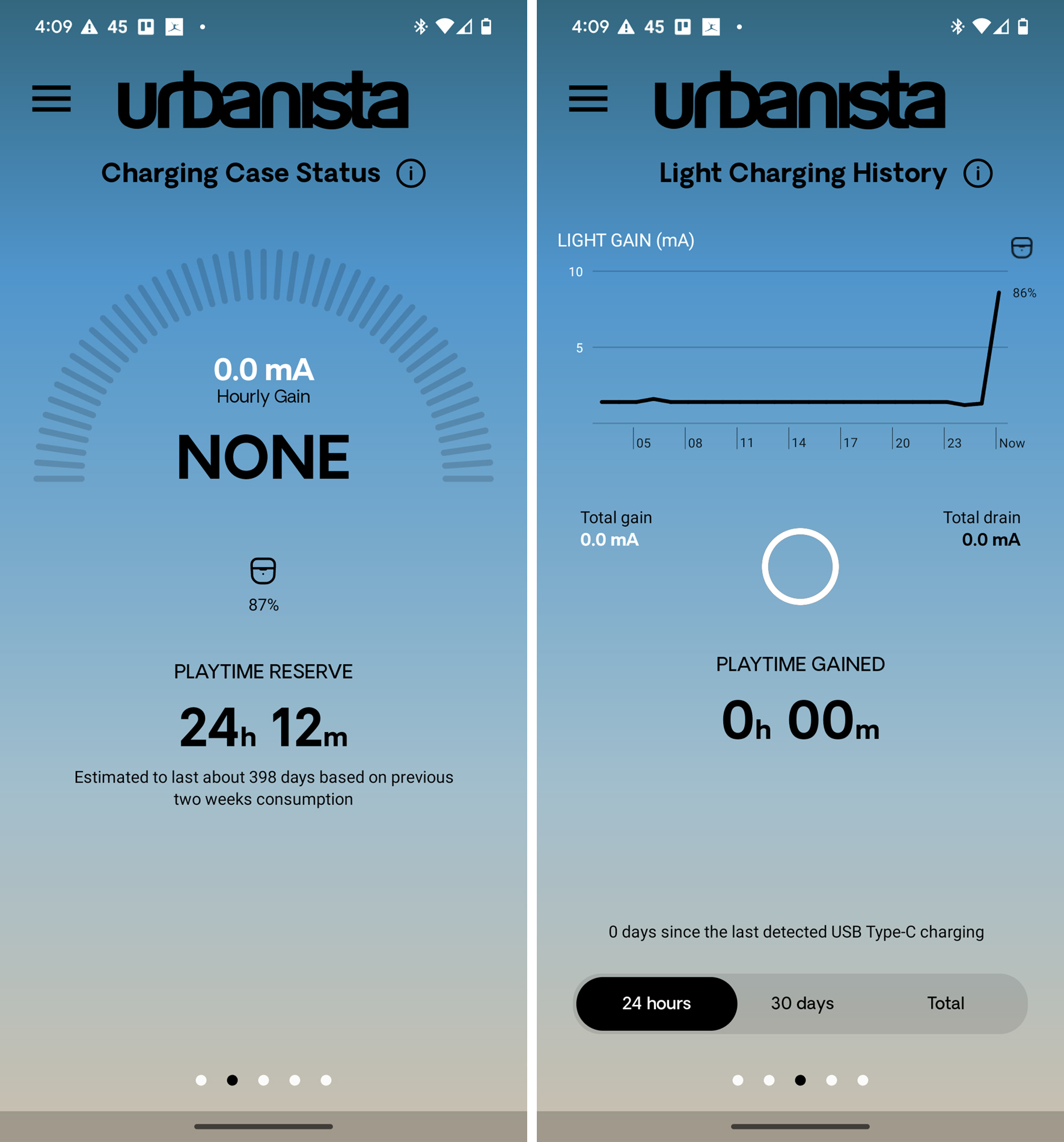
Foolishly, I removed the Phoenix from the original phone I tested them on when pairing them to another model I was testing out. The Urbanista app screenshots above showing the gain and charging history aren't indicative of how this works. Either way, when you swipe left from the app's main screen, it takes you to information about the case and its battery. Move over one more page and you see a history graph showing how much solar power contributed to the case's overall power.
The info is useful and presented well, but I didn't like that the app forced me to take the earbuds off and put them in the case (with the lid still open) every time I wanted to actually see those figures. It can't do it when first opening the lid to connect, forcing a weird sequence where you take the earbuds out, put them back in, and then wait for the app to show the information. It's unfortunate that Urbanista hasn't fixed this by now.
Get the latest news from Android Central, your trusted companion in the world of Android

Once the Phoenix earbuds are out, they should feel comfortable to wear for longer stretches. While there isn't anything that stands out about their design, Urbanista deserves credit for fashioning a build that does a good job of staying in place. I rarely had to fiddle with them, which is convenient.
The earbuds come with three ear tip sizes to find the best fit and tightest seal for you. I'm just not sure the Phoenix will be the best for smaller ears because of the fatter base that rests on the ear's concha. The stem design is AirPods-esque, as it is, and the "Urbanista" etched along the stem is a nice visual touch. I'm always confused when manufacturers do this so that the left side shows the word upside down. Urbanista is only the latest to do that for whatever reason.

As for how they sound, the Phoenix have a standard sound profile that is neither remarkable nor regressive. The default sound signature tries to balance everything out to a level where the bass is evident, with plenty of treble and mid-range to make the music sound good. By "good", I would say it's "good enough" because the balance isn't going to come across as a sonic revelation in any way.
Not that I was expecting that, mind you, but at this price range, competition is very tight, and I've personally heard other earbuds that sound great at this level. The Phoenix are in the middle of the pack, capable of playing just about any genre well enough without feeling like too much is missing. The app has an EQ, though one limited by a handful of select presets. A customizable one would've been able to squeeze even more out of them.
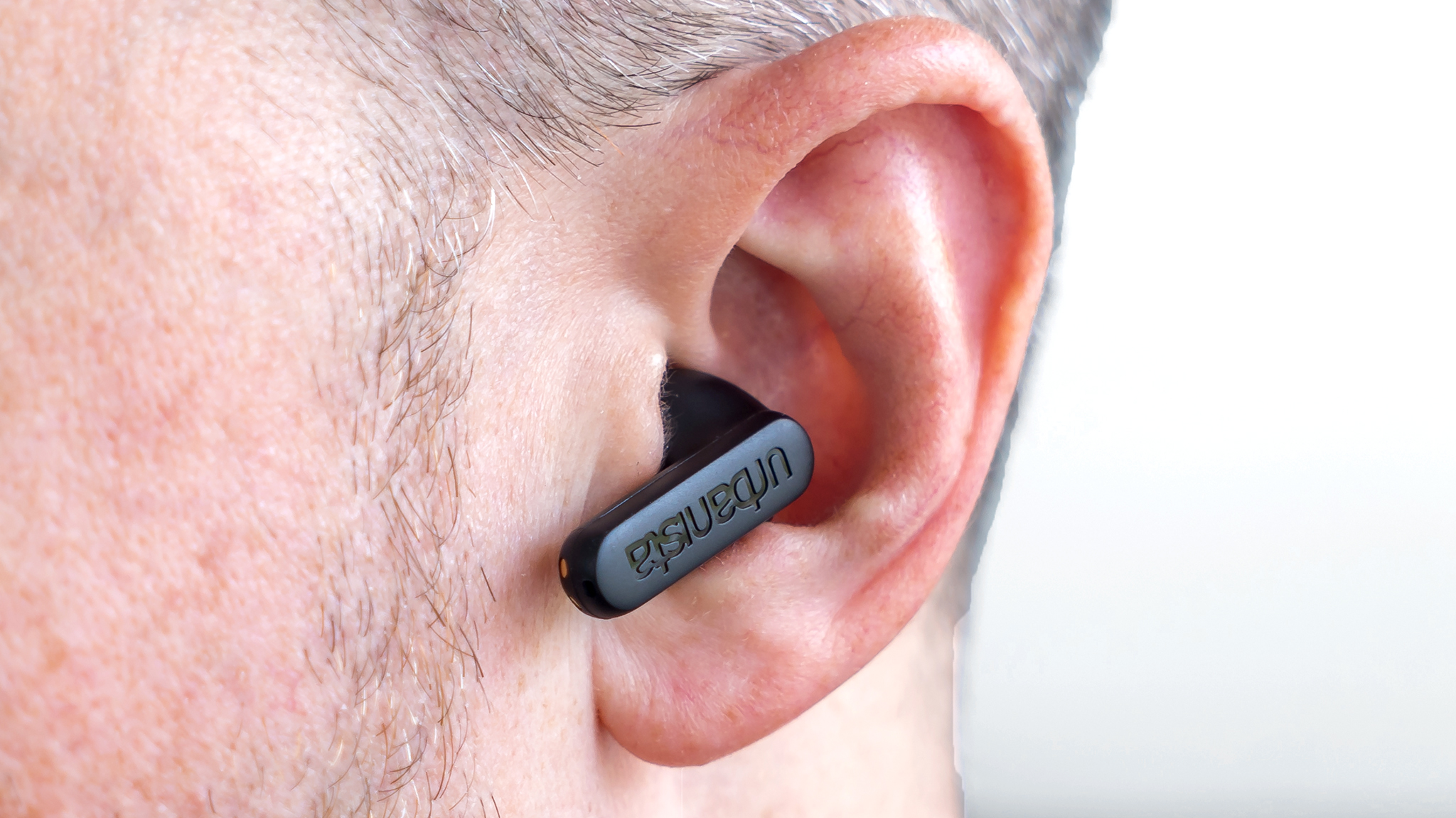
I would say the same situation applies to the active noise cancelation (ANC) and transparency modes. ANC is okay at blocking out most low-frequency noises, but it can't match what other pairs can do for similar money. Rather than cut out the majority of frequencies, the onboard ANC dampens them — some more than others — so that you can still hear a hint of what's humming around you. It does better with voices while failing to cut out higher-frequency sounds, which doesn't surprise me at this price. It was my preference to listen to music with ANC on because it gave the whole audio spectrum a little kick to improve the sound natively.
Transparency fares better, overall, simply because it pipes in ambient sound to let you hear your surroundings and chat with someone when necessary. Urbanista wisely included wear sensors to automatically pause playback once you remove either earbud. Put it back on, and playback resumes. You can turn this setting off in the app if you prefer.
It's also great to see multipoint support with these earbuds, letting you pair and connect with two devices simultaneously. As for phone call quality, I found results were average, with quieter settings performing well, while busier environments posed greater challenges.
Battery life holds up well through all this, playing for up to eight hours per charge, assuming you keep the volume in and around the default 50% level. The case offers an additional three charges, and you can always charge the case via USB-C if there's not enough sun or light at any given time.
Urbanista Phoenix: What's not good
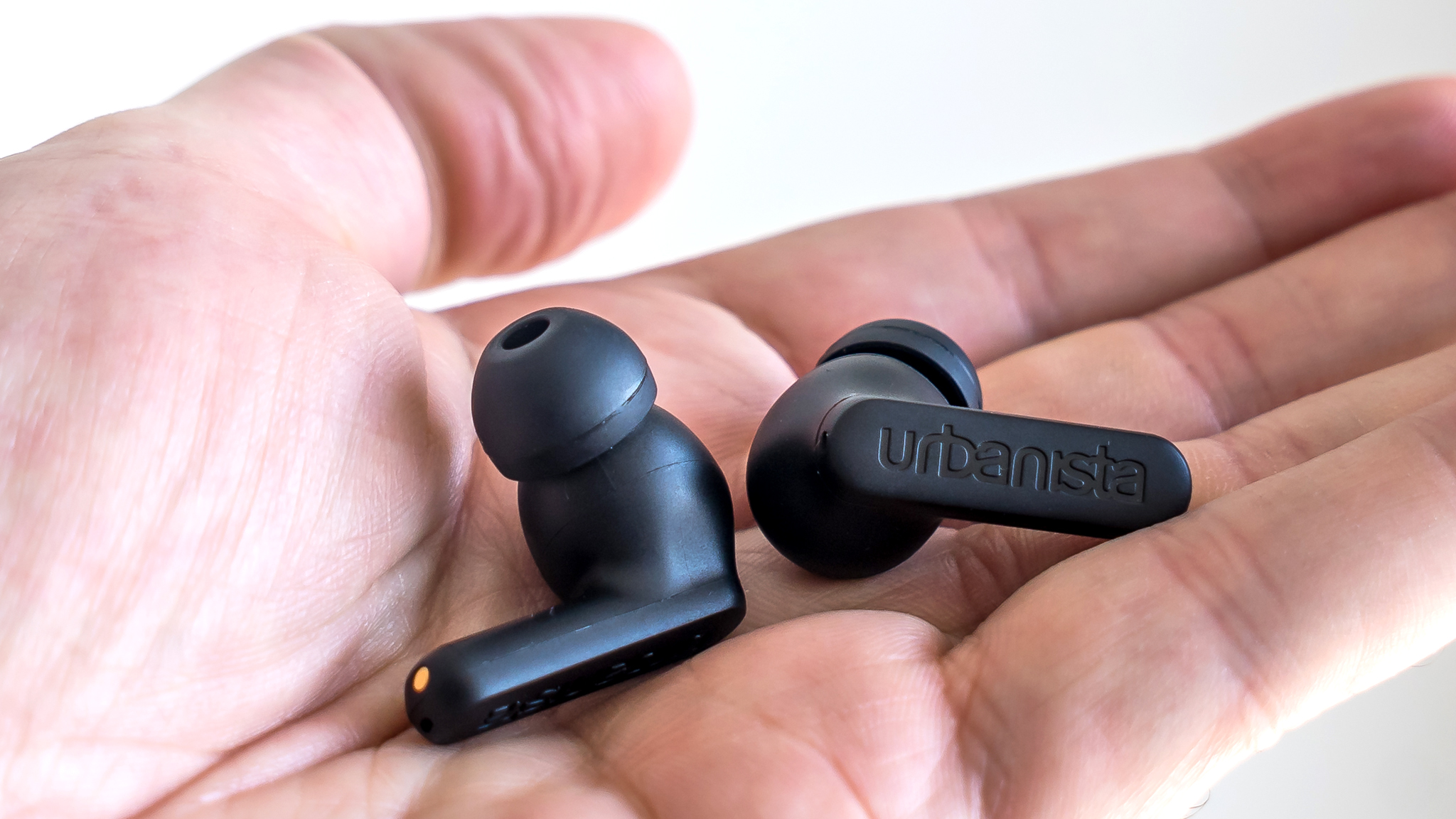
I can't really fault Urbanista for making the case as big as it is, but it's noticeably larger than others often are these days. Still, the thinner design makes it easier to pocket, so there is that at least. It's also one of those rare instances where you have to remember and consider how to orient it when you pull it out, something I had to do so that I could get a charge from light sources anytime I could.
Onboard touch controls are pretty standard, except for the fact single taps do nothing. Double tap either side to play/pause or answer/end a phone call. Triple tap the left to repeat a track, and the right to skip one. Press and hold on the left to activate your phone's voice assistant, and on the right to toggle between normal, ANC, and Transparency modes. You can only adjust the latter two in the app, though the only additional options you have are volume down (left) or volume up (right).
The IPX4 rating is okay, but hardly something I'd consider rugged enough to handle vigorously sweaty and intense workouts. If you do go that route, you have to be vigilant about wiping them down and ensuring they're clean and dry before putting them back in the case.
Urbanista Phoenix: Competition
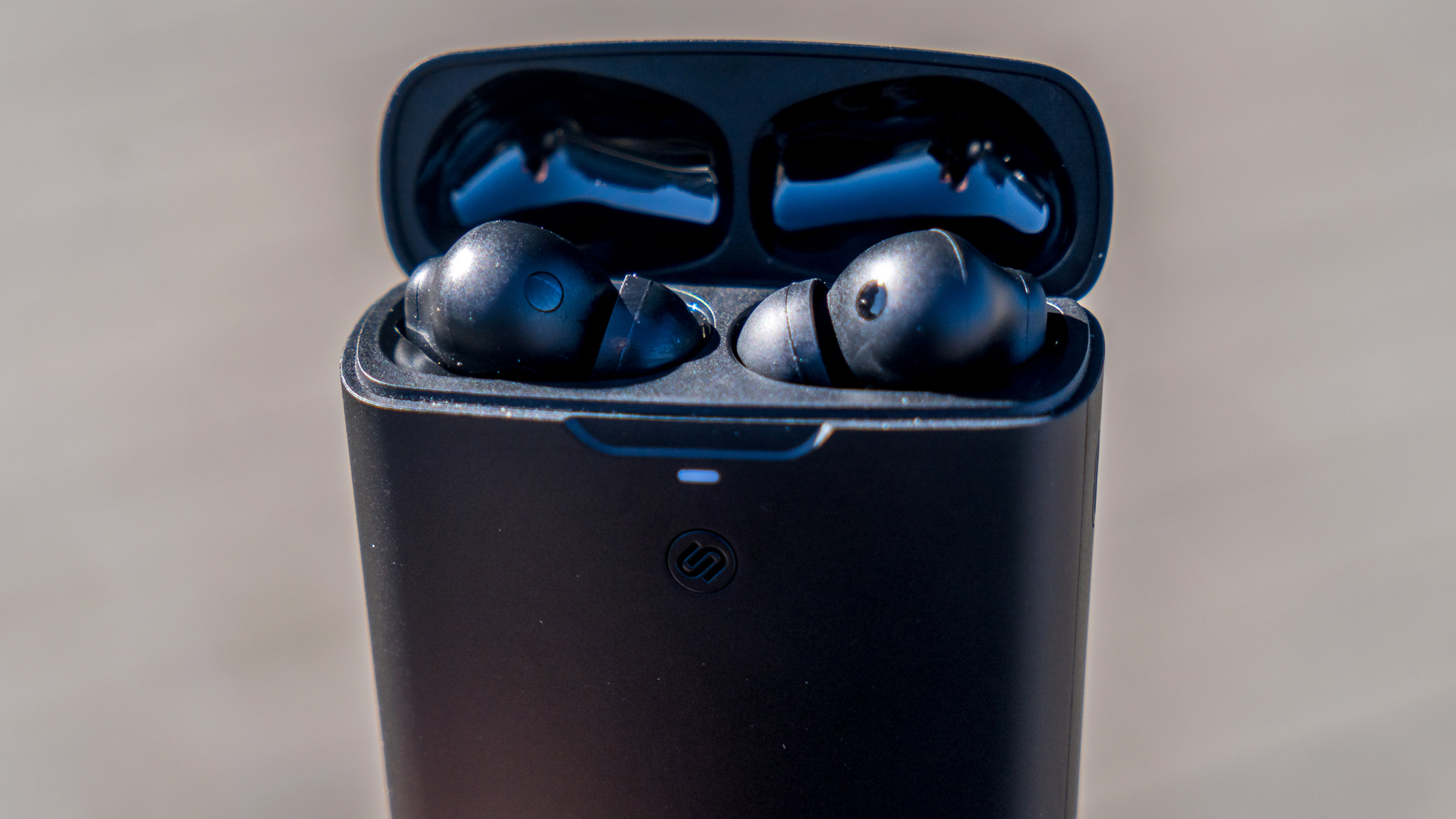
As I noted earlier, competition is tight in this space and at this price, as is obvious by the best wireless earbuds already available. A good example of that would be the Jabra Elite 5, which sometimes is discounted to a similar price. You may lose out on the solar charging, but you do get a similar design and comfortable fit in the Anker Soundcore Liberty 4, which also feature more granular controls in the Soundcore app.
Even the 1More Evo are worth a look as a comparable pair. They sound better than the Phoenix and support hi-res audio, which is a plus if you're looking for a sonic boom.
Urbanista Phoenix: Should you buy it?

You should buy this if...
- You like the idea of a solar charging case.
- You want something comfortable.
- You care about battery life.
- You don't mind a larger case.
You shouldn't buy this if...
- You want better sound quality.
- You prefer a custom EQ.
- You want something more rugged.
- You expect better ANC performance.
As a first kick at the proverbial can, I do think Urbanista is on to something. Wireless earbud cases are a new frontier for brands to play around with, offering some differentiation in a very crowded field. That said, the Phoenix won't blow anyone away in how well they perform, putting out a performance that can get lost amidst the competition out there.
I would expect the next generation of these earbuds to improve in a lot of key areas, so assuming Urbanista will take on that challenge, it might be best to wait and hear how all that will turn out.
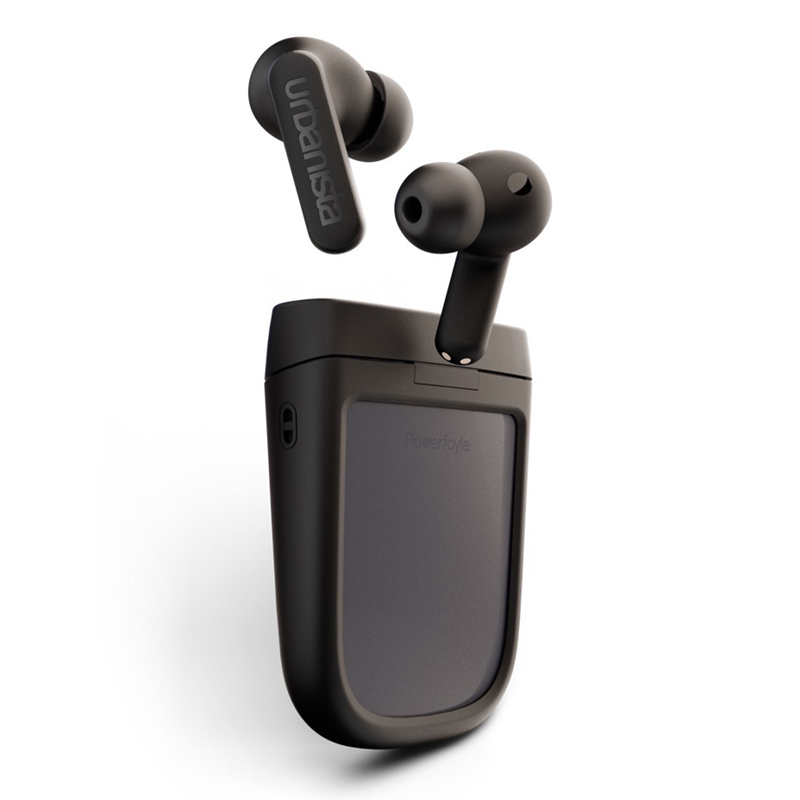
The Urbanista Phoenix offer something new in the shape of a solar charging case, and while the novelty is interesting, the overall earbuds' performance doesn't necessarily stand out from the pack.

Ted Kritsonis loves taking photos when the opportunity arises, be it on a camera or smartphone. Beyond sports and world history, you can find him tinkering with gadgets or enjoying a cigar. Often times, that will be with a pair of headphones or earbuds playing tunes. When he's not testing something, he's working on the next episode of his podcast, Tednologic.

